A 19th Century French Gilt Bronze Neoclassical Figure Center Piece
Gilt Bronze Sculpture depicting Thetis, Goddess of the Sea, standing dressed in the antique style, holding a richly decorated cup with her raised arm, as well as a trident and a fish in the other hand.
Resting on a black marble base
Attributed to Albert-Ernest Carrier de Belleuse calledt Carrier-Belleuse (1824-1897)
Circa 1865
These Antique dressed female figures repeat a common theme created by Carrier-Belleuse, one of his model exhibited first time at the Paris Universal Exhibition of 1867.
It was then used on a big clock made in collaboration with G. Viot company. The bronze figure holds a large pendulum instead of a candelabrum.
(reproduced and commented in1851-1900 Le arti decorative alle grandi Esposizioni Universalli, D. Alcouffe, Idea Libri, p° 78, n° 256.)
Albert-Ernest Carrier de Belleuse dit Carrier-Belleuse, born in Anizy-le-Château on June 12, 1824 and died in Sèvres on June 3, 1887, is a French sculptor.
He was one of the most prolific artists of the century and enjoyed the greatest success under the Second Empire, benefiting from the personal support of Napoleon III. His work was greatly influenced by the style of the Italian Renaissance and by that of the 18th century, which he helped bring up to date.
Carrier-Belleuse made a major contribution to the improvement of the decorative and industrial arts. From his studio no 15 rue de la Tour d'Auvergne in Paris, where a large number of artists worked, including Auguste Rodin, a prodigious quantity of decorative statuettes came out.
Carrier-Belleuse was, towards the end of his life, director of works of art at the Manufacture de Sèvres. His visit was marked by the renewal of the collections and the modernization of the style.
His sons Louis Robert and Pierre Carrier-Belleuse also distinguished themselves in the arts.




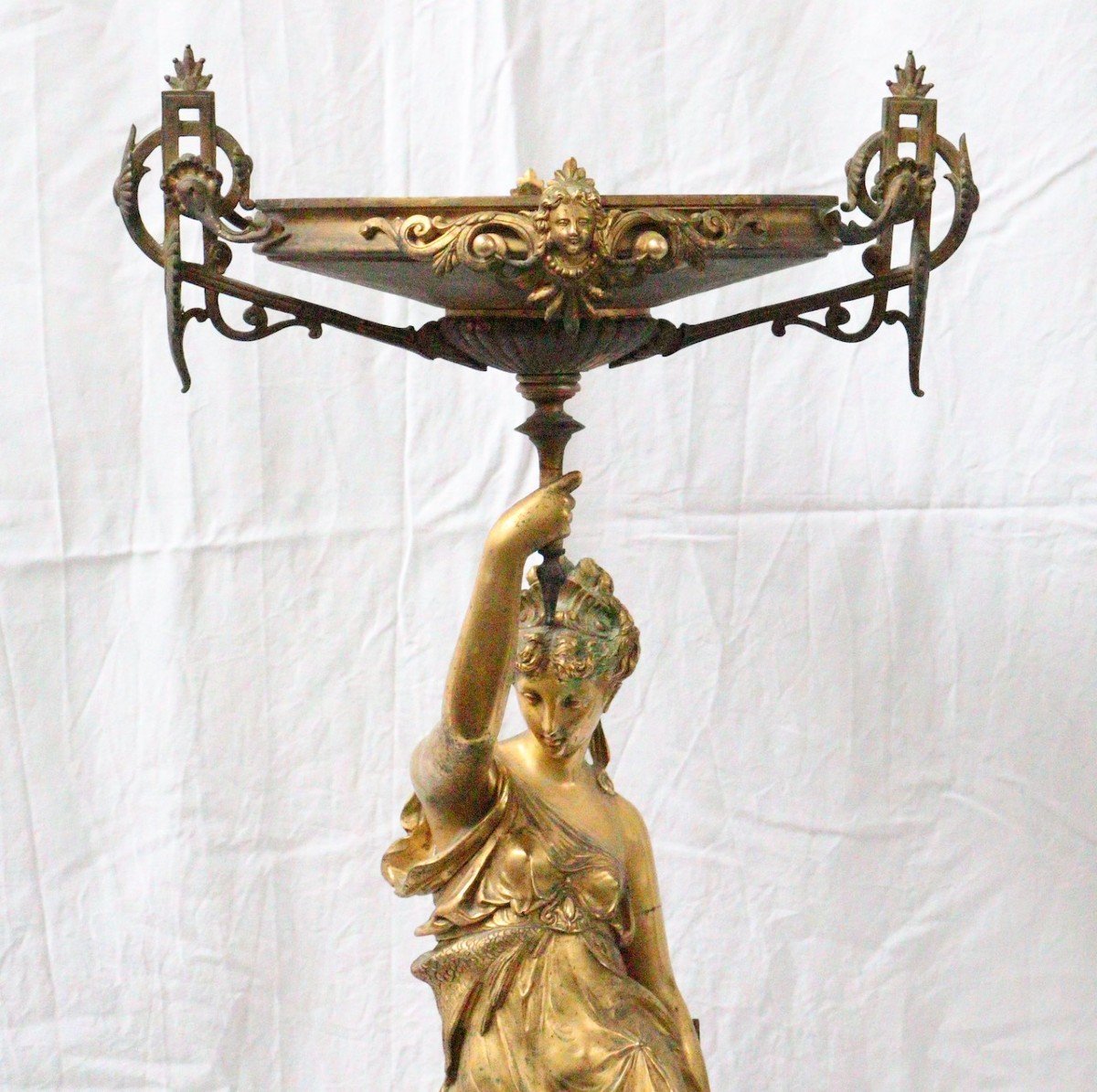

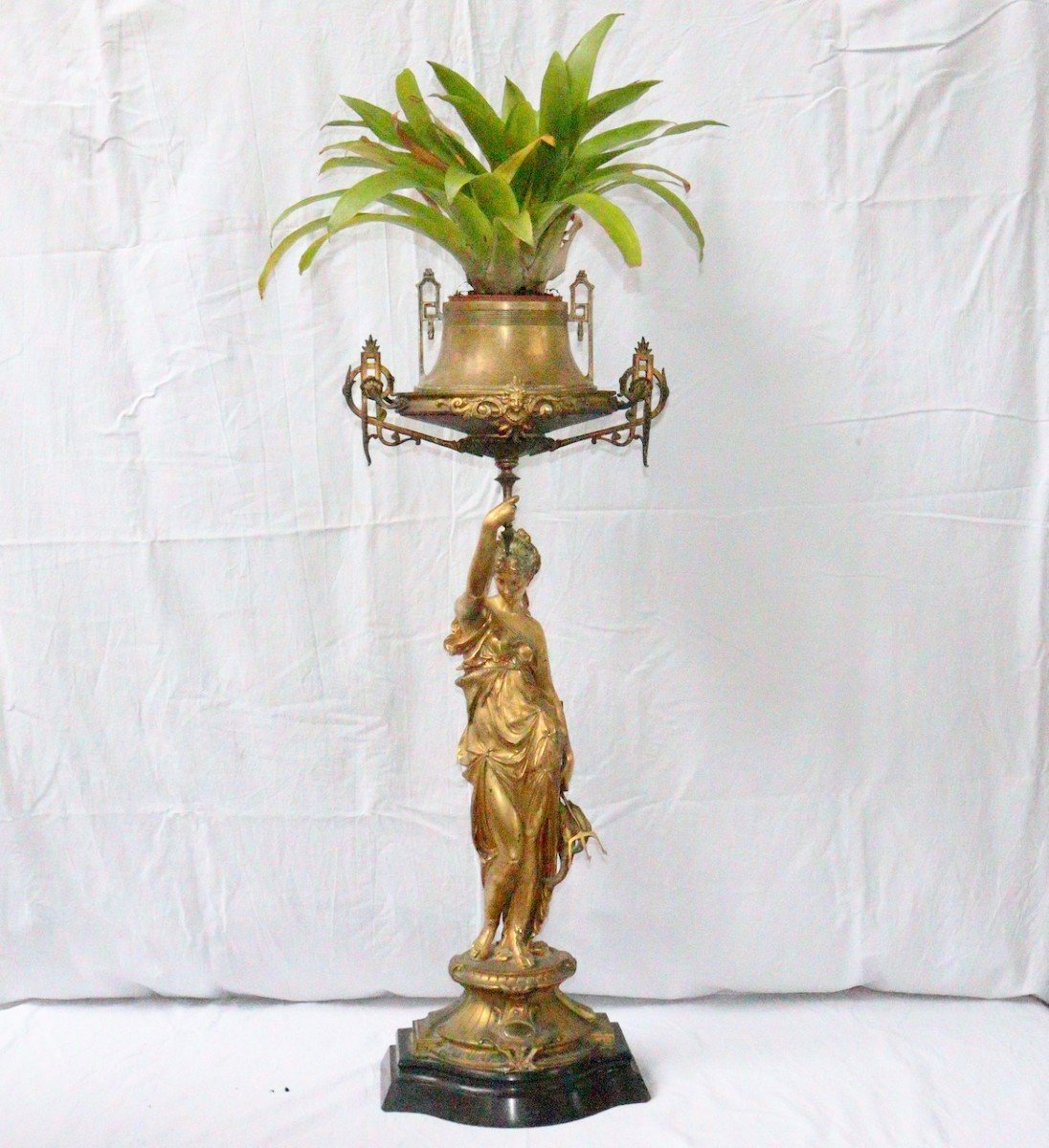


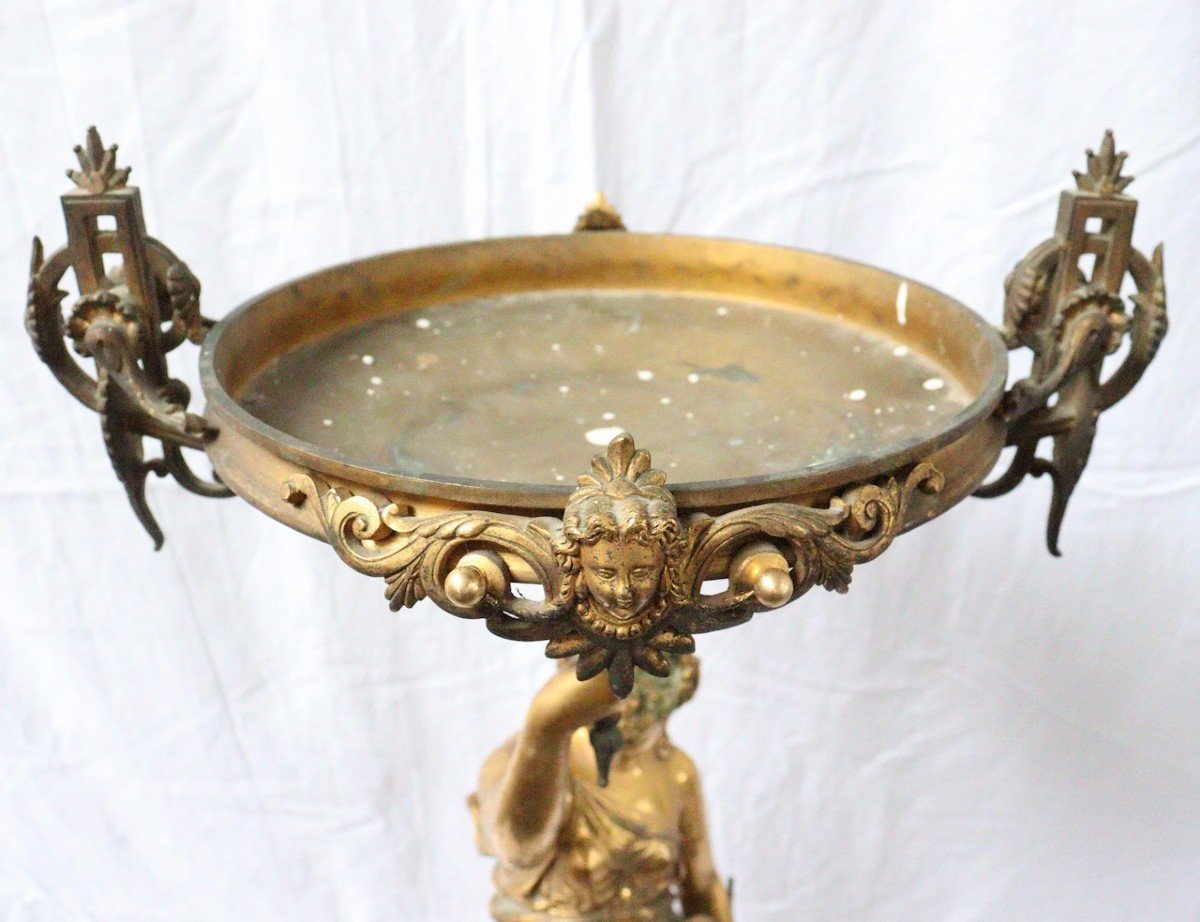
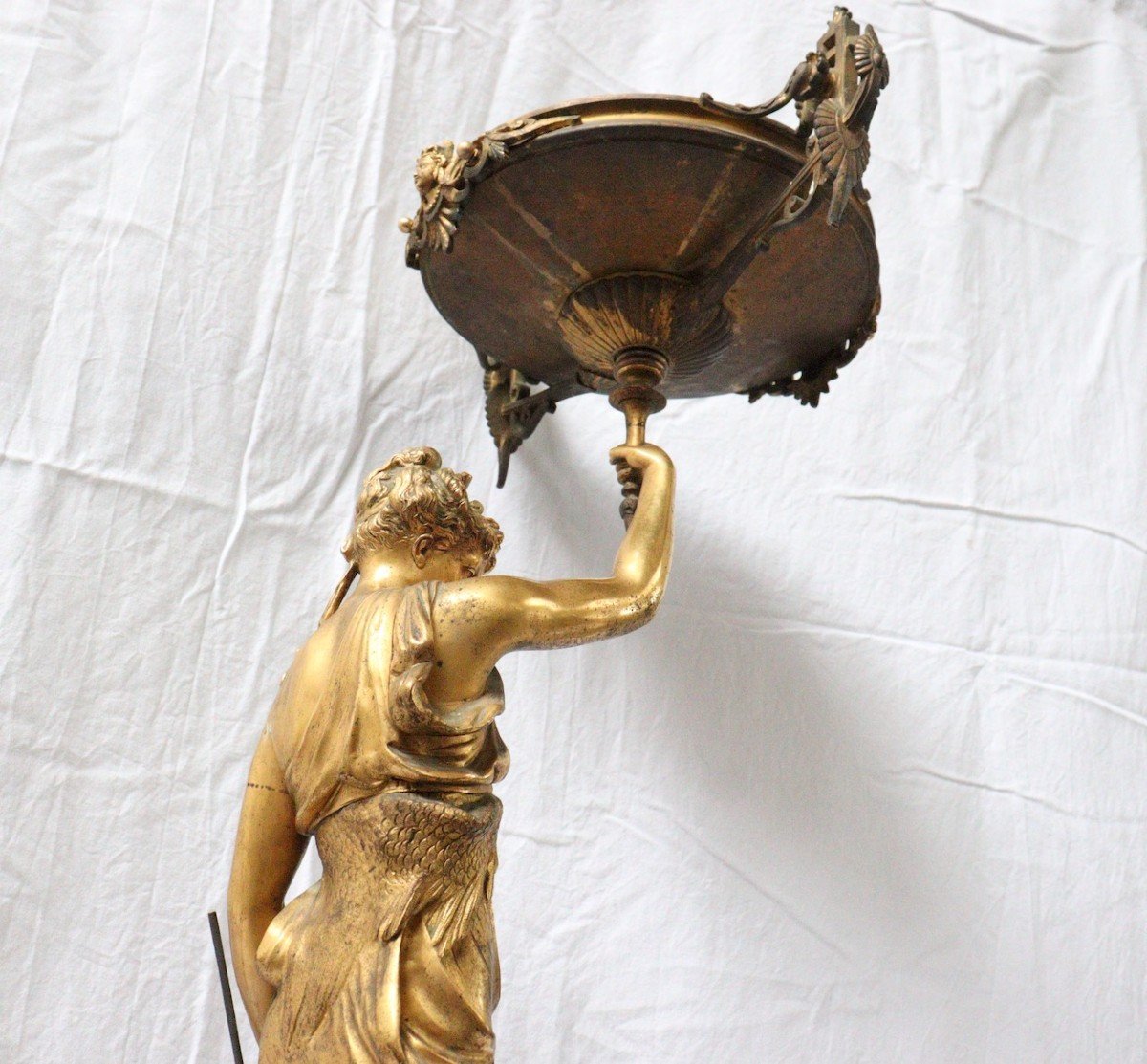
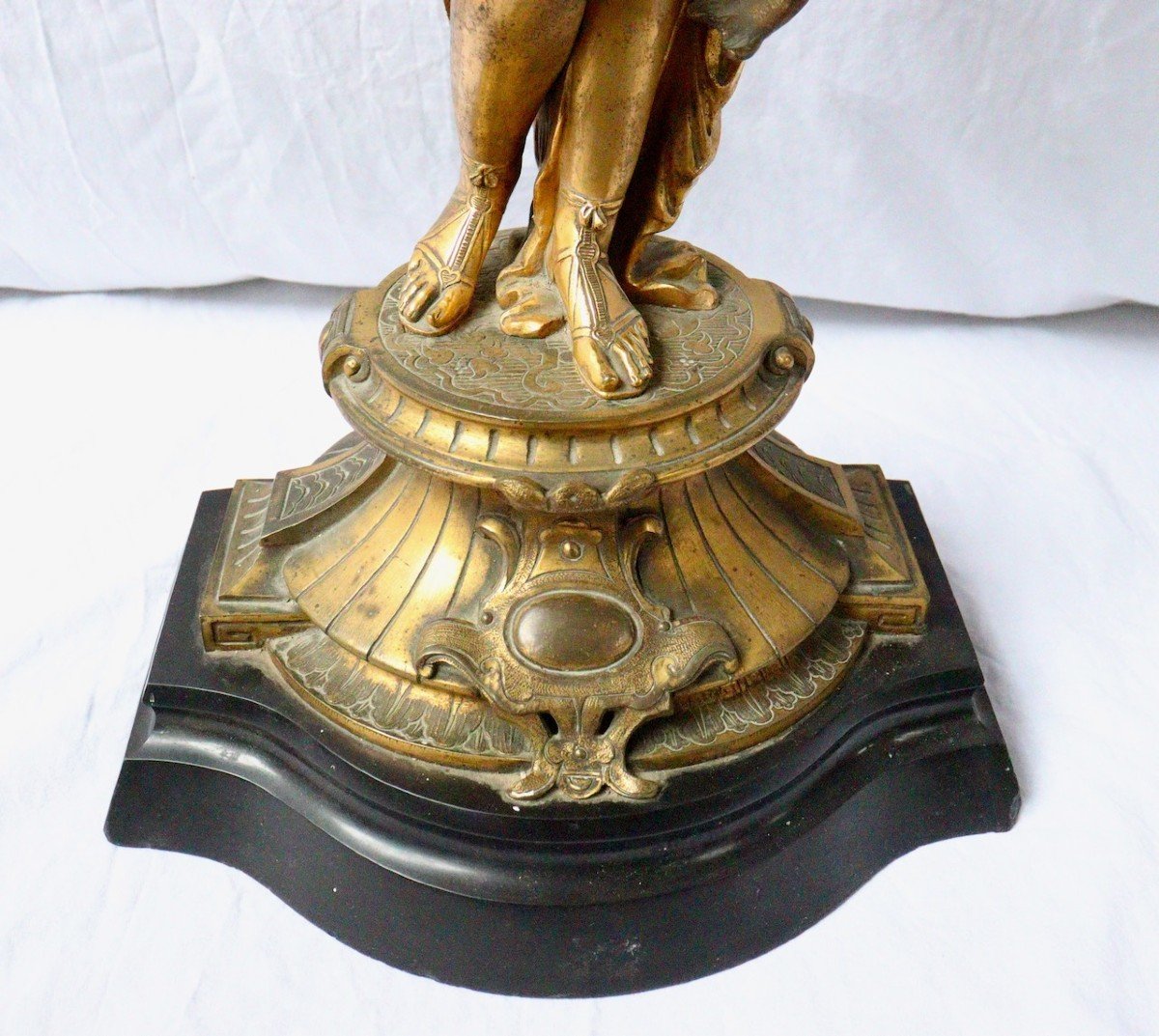

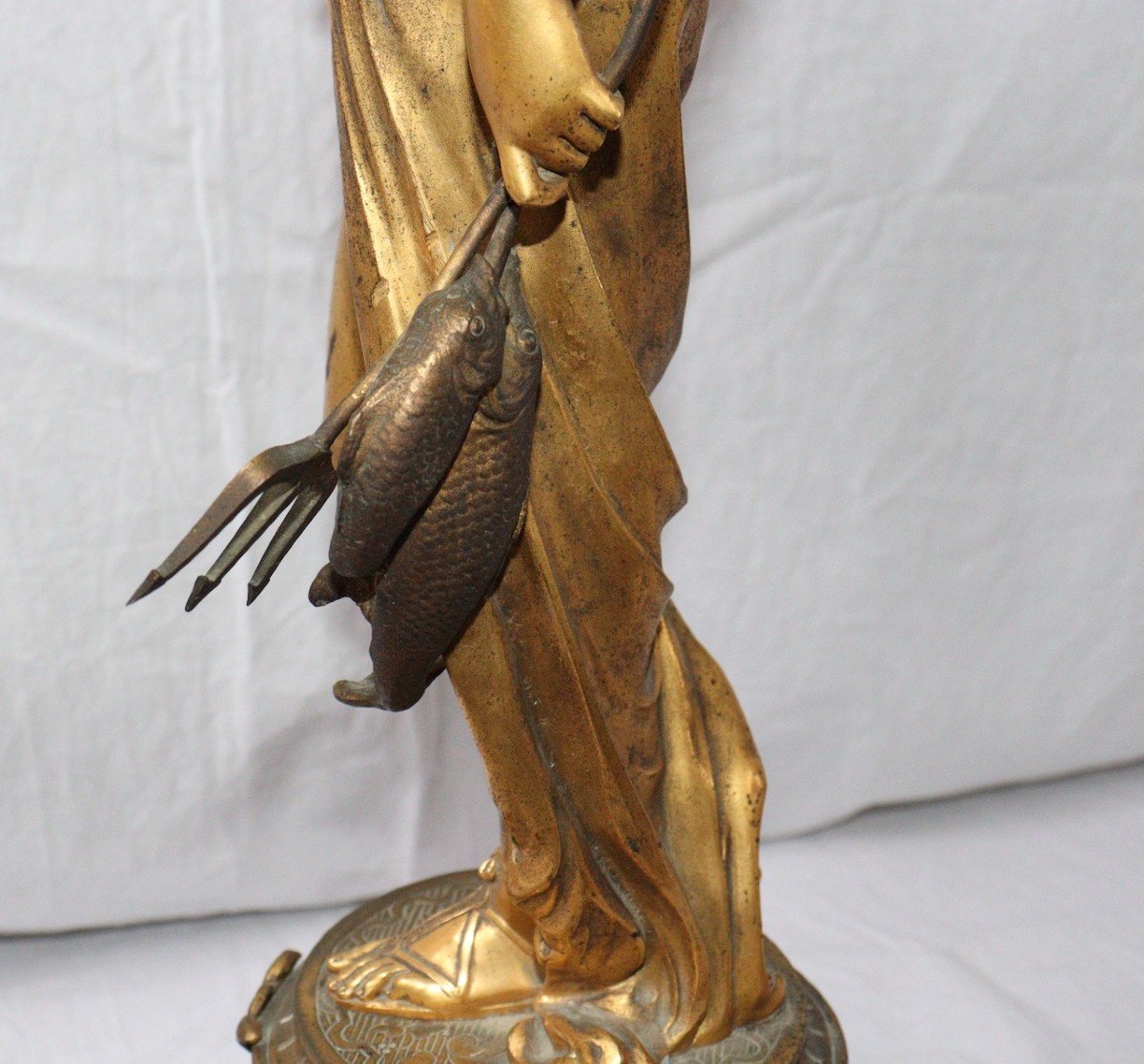

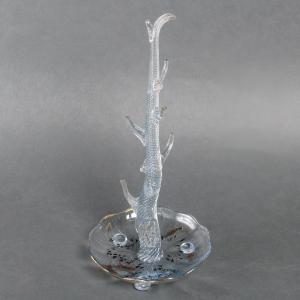




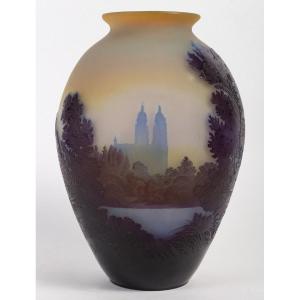





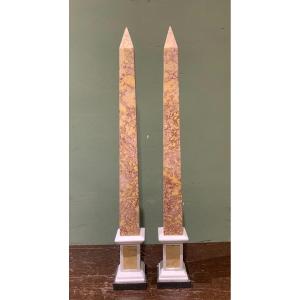



 Le Magazine de PROANTIC
Le Magazine de PROANTIC TRÉSORS Magazine
TRÉSORS Magazine Rivista Artiquariato
Rivista Artiquariato
